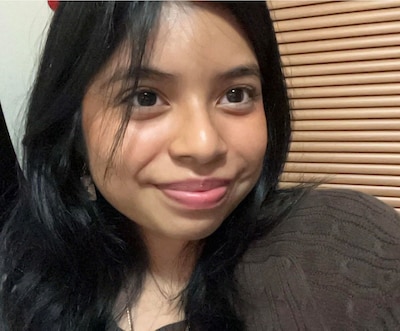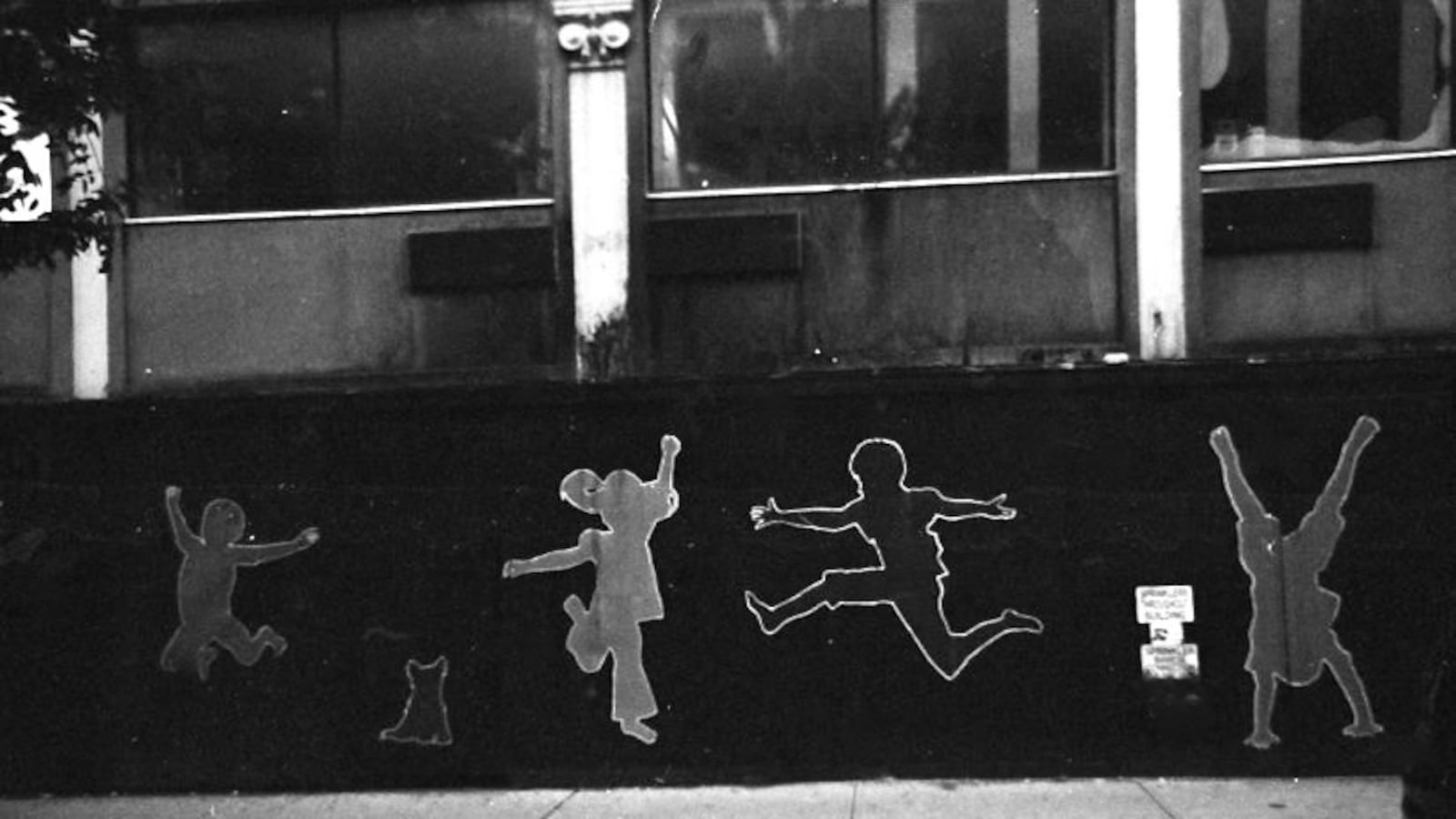Sitting at my dining room table, I dialed the toll-free number, hoping that today would be the day that someone actually picked up. Instead, I heard the words that have rung in my ears for the past few months. The helpline was experiencing a high volume of calls. Call again later, the automated message urged before ending with an unceremonious “Goodbye.”
The more I heard that message, the more anxious I became.
I knew I wasn’t alone in this experience, and that somehow made it worse. Thousands of high school seniors who needed financial assistance to go to college were unable to complete the federal aid application — the same application that the U.S. Department of Education insisted was now “faster and easier” to fill out.

“Faster and easier” would be the last words I’d use to describe my family’s experience with the application, known widely as the FAFSA. It’s all because of nine little digits that not all applicant family members have: a social security number. Parents without one couldn’t initially submit the required form.
The FAFSA, which usually opens in October, was postponed amid the updates and released instead in late December. This delayed the process for everyone applying for federal financial aid, not just families in which not all members have a social security number. But once the application finally went live, many aid-seeking students breathed a sigh of relief.
At this point, those with an undocumented parent were told to call a federal government number to verify their parents’ identity.
That’s how I found myself memorizing that infuriating automated message that ended with “Goodbye.” After dialing the number 20-plus times in the span of a month, one day I got an answer. I was sitting in my college counselor’s office as the February chill crept into the room. I was surprised to hear a woman’s voice on the other end of the line. I explained my family’s situation as clearly and concisely as I could. The woman told me that my parents needed to make the call themselves or be present for it — something that proved hard to do during their workday.
The call ended there, and I headed back to class. I breathed in and out, trying to push the FAFSA out of my mind. But like the phone call, it felt hopeless. I sat in class, making no move to settle in.
“So how did it go?” my friends asked discreetly.
“They said I can’t do it,” I replied, not realizing until then how emotional I was.
Tears started rolling down my cheeks. They were not tears of sadness or even hopelessness; they were tears of anger. I was angry — I am angry — about the jumbled-up application and the disregard for thousands of first-generation Americans.
Stress was written on my face and, as my teacher came over to offer words of kindness and encouragement, I tried to look ahead to when my FAFSA was finally complete.
After negative media attention about the botched FAFSA rollout, the government did take steps to correct its mistakes, but it took months. They moved the verification process to email. At that point, we were required to email passports, driver’s licenses, and bills with my parents’ names and home address. The verification process seemed endless until early March when my parents’ account was finally verified.
Once I received that email, I logged in as quickly as I could, thankful that this process was almost over. But even with my parents’ accounts verified, the portal showed up blank, once again stopping me from submitting my FAFSA. I felt my body heating up, my face turning bright red. I had taken all the right steps. I thought I’d finally emerge from the FAFSA maze. I was wrong.
With only a few weeks left to decide where I would spend the next four years of my life — the deadline to commit to a college is May 1 — the FAFSA felt like my worst enemy.
It wasn’t until early April, after months of phone calls, paperwork, and meetings with my college counselor, that I was finally able to submit my federal aid application. My application is in, and that’s a relief. But like many other students in the same situation, I wonder if I will ever know what my financial aid packages would look like at some schools I’ve been accepted to.
Even with all the hurdles I’ve had to face these past months, I am one of the lucky ones. Just recently, I was offered scholarships from two private liberal arts colleges, allowing me to bypass the government aid process altogether. It is because of these scholarships, and only these scholarships, that the stress of FAFSA isn’t looming over me. But my good fortune makes me think about the other first-generation students who don’t have these options.
Coming from an immigrant household, I’ve known since I was a little girl that my family and our experiences weren’t like those of most of my friends. I knew this when my friends talked about their vacations abroad or when both of their parents showed up to parent-teacher conferences. The differences became especially apparent during the college application process.
I remember sitting with my friends at school as they voiced relief about being done with their applications, personal essays, paperwork, and FAFSA. Now all they needed to do was wait. Everyone agreed — everyone but me.
One friend even suggested throwing a party to celebrate.
I couldn’t help but wonder why nine numbers made such a world of difference in our experiences. Months after that hangout session, I’m left with that and other questions. Questions like: Why are students from immigrant families made to jump through so many hoops? Why was our family, our experience, overlooked when this new “easier” FAFSA was implemented?
I know the immense privilege I have to pursue a higher education, thanks to the support of my family, my college counselor, and the private institutions offering me financial aid. Still, sometimes self-doubt creeps up like a shadow. I wonder why I am trying so hard to get to college when some of the processes that make college possible don’t seem to value people like me and families like mine.
Miriam Galicia is a senior at The Institute For Collaborative Education and is a 2023-24 Chalkbeat Student Voices fellow. In the fall she will attend Skidmore College. As a soon-to-be first-generation college student, she values the opportunity to pursue higher education not afforded to previous generations of her family.



